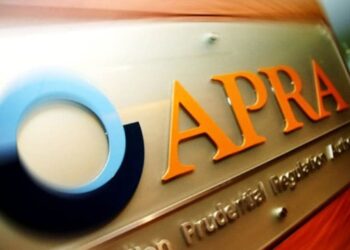Australian Retirement Trust (ART) has noted there is a widening performance differential between its ART Super Savings and QSuper portfolios.
QSuper merged with Sunsuper in 2022 to form ART, but some members remain in QSuper investment options.
The ART Super Savings Balanced product returned 8.4 per cent over the financial year 2023, while the QSuper Balanced option has returned 3.8 per cent over the year to 30 July.
The reason for the performance gap, chief economist, Brian Parker, said, is that there is a difference in allocations to equities and bonds between the portfolios.
The ART Super Savings product has a higher allocation to these equities and a lower allocation to bonds while the QSuper product is the reverse as it is low-risk.
“You’ve seen quite a significant gap between the performance of ART Super Savings portfolios and our QSuper portfolios,” he said on an ART podcast.
“A big part of the reason for that is the difference in allocations to shares and bonds. So, the way QSuper portfolios are designed, quite deliberately, is they’re designed to achieve their long-term performance objective, and that’s absolutely crucial.
“What you tend to find with the QSuper portfolios is they tend to have a higher allocation to fixed income and a lower allocation to shares. And that certainly means that in a year like the last financial year, there has been a significant gap opened up between them.”
Australian and international equities were among the best asset classes for super funds in the last financial year as markets saw double-digit returns. In Australia, the ASX 200 returned 14 per cent while markets in the US returned as much as 20 per cent.
On the other hand, portfolios with high allocations to bonds saw a challenging time with the rise in interest rates globally.
“Shares did very, very well but bonds not so much so, it was a very, very challenging year for fixed income markets. It’s actually been a very challenging year or a challenging couple of years for fixed income or bond markets because you’ve seen a sharp rise in market interest rates and that means the price of bonds tends to fall,” Parker concluded.
“So, all other the things being equal, if you’re in a portfolio with a higher allocation to equities, you’ve done relatively well. If you’re in a portfolio with a lower allocation to equities or a higher allocation to fixed income, you’ve probably still done okay. The returns have probably been still on average pretty, pretty good, at least positive, but you haven’t done quite as well.”




